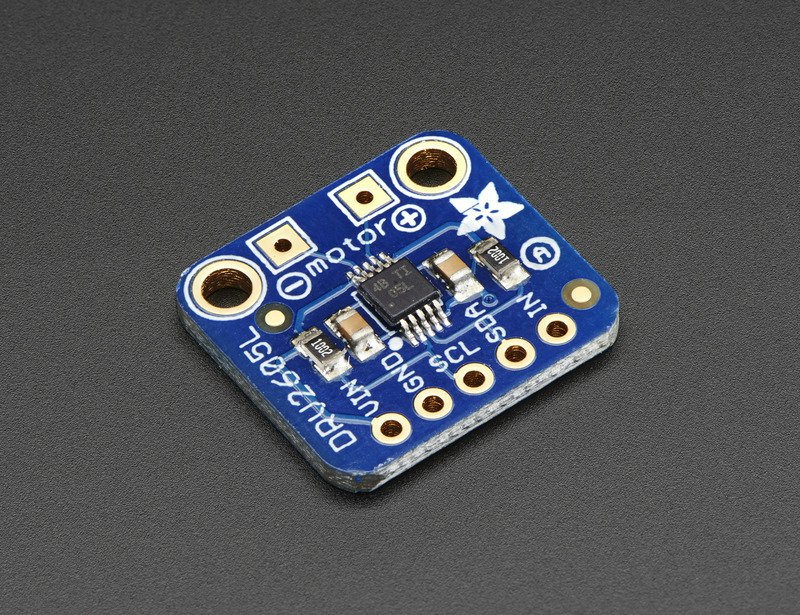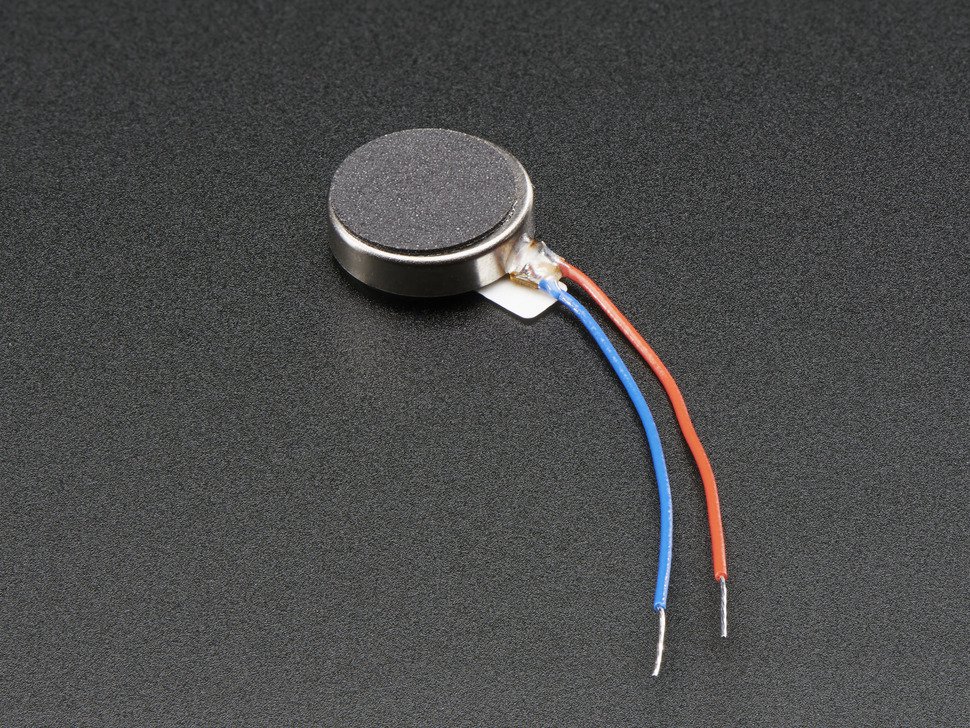DIY Haptics
Most of the computing devices provide feedback through visual (display) or audio (speakers) systems. We provide input through keyboards,mouse and touch screens etc. There is one more mechanism using which computing systems can provide feedback, that is touch. We receive feedback through our skin (sense of touch). Any technology that can provide sense of touch can be called as haptic technology or haptics. For example the mobile touch panels are not haptic (the panel is not actively trying to provide any touch feedback, we are giving touch input), where as the finger print sensor on mobile is haptic (It gives vibration feedback when we touch it)
Sense of touch is achieved through methods such as vibrations, pressure, motions etc.
Haptics can be classified broadly into two categories contact based and non contact based
Contact based haptics
For this type of devices to work, the haptic actuator need to be in physical contact with the skin. Generally they work by vibrating the surface (mobile phones) or by applying force (gaming controllers).
Experimenting with these systems is not that complicated, for less than 10$ we get vibration motor and haptic controller from adafuit.


If we can combine this actuator with touch sensor, we have both input and output system and can design a interface.
Non contact based haptics
These systems doesn’t require physical contact with skin. These systems uses ultrasonic waves to create the feel of touch.
Compared to contact based, non contact based haptics are complex systems. We need to precisely control the ultrasonic waves. These systems also requires some sort of gesture recognition, motion tracking of hands (Leap sensor ?) for the systems to detect user intent and change the waves accordingly.
These can be used in VR headsets to provide some sort of physical feel to the virtual object with which user is interacting in the virtual world.
If we want to provide controls that are not physically present, We need to blend haptics with AR or Holographic technologies.
Where do you think haptics has lot of potential ?




Fitness world.. Get your form and posture corrected without the risk of actually lifting heavy weights..